International Ibsen Stage Festival, Oslo
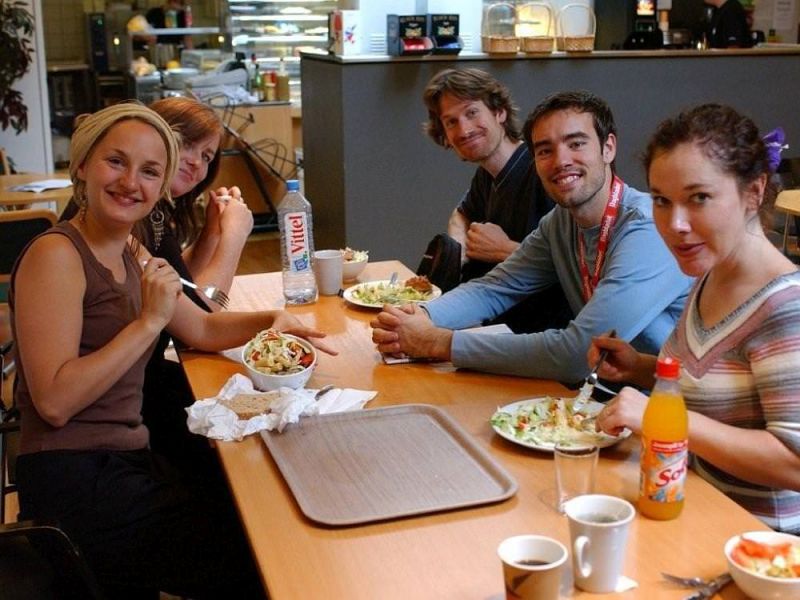
© Image courtesy of StagePhoto
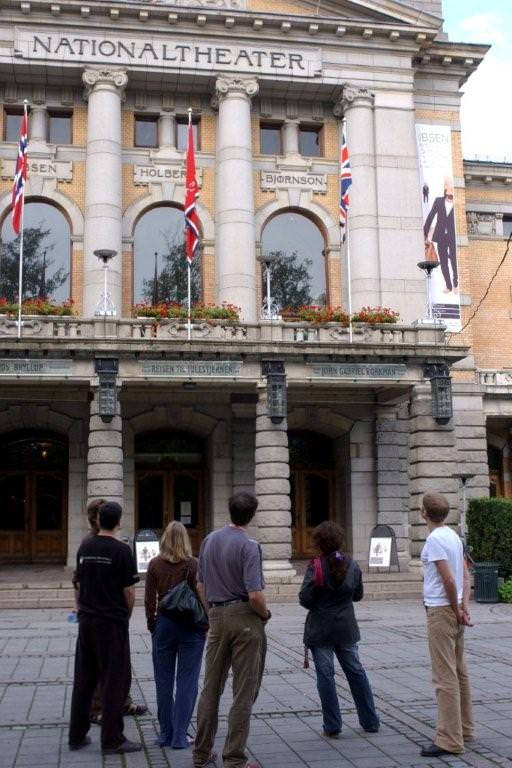
© Image courtesy of StagePhoto
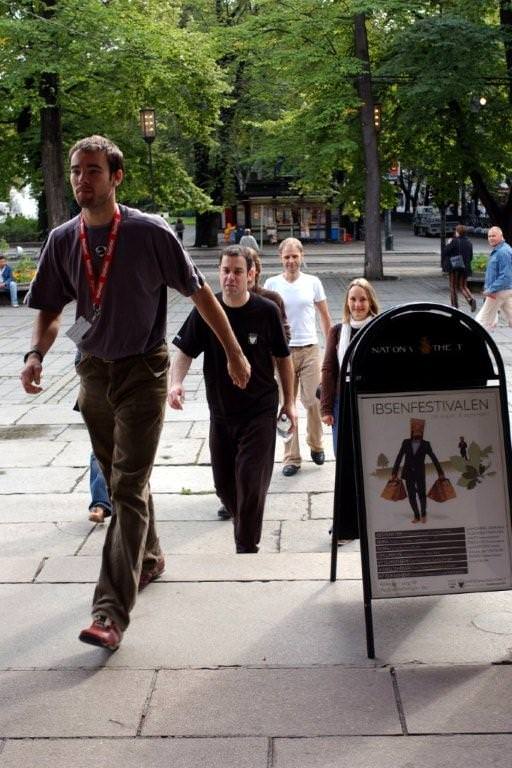
© Image courtesy of StagePhoto
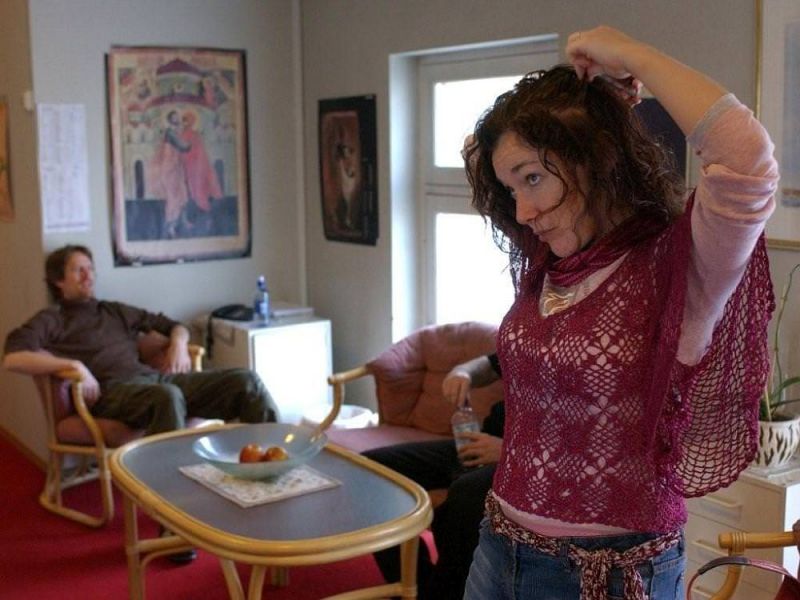
© Image courtesy of StagePhoto
| Paul Engers | Dr Rank |
| Sarah Head | Nora |
| William Rowsey | Helmer |
| Matthew Rutherford | Krogstad |
| Sanna Stellan | Kristina |
The artistic director of the Norwegian National Theatre (Nationatheatret), Stein Winge, initiates the first international Ibsen Stage Festival in the autumn of 1990. Looking for simplicity, creativity and the artistically sublime the aim of the festival is to present a full spectrum of interpretations of Ibsen’s plays.
The 10th festival in 2004 is the largest since 1996. With twelve guest productions selected from 120 different Ibsen productions worldwide, six productions of A Doll’s House, five in-house productions and an array of other activities, the festival signals the Norwegian National Theatre's first warm-up to the Ibsen Year 2006. Prominent foreign directors are invited including Sebastian Hartmann, Thomas Ostermeier, Stephan Kimmig and Stéphane Braunschweig.
In his opening address at the festival in 1990, president Vytautas Landsbergis of Lithuania stresses the importance of the International Ibsen Stage Festival for the freedom of speech and the international cultural work. The subsequent festivals have all fully shown that the works of Ibsen communicate with people of all cultures and walks of life. Practically all of those who have opened the festival or have been its guests of honour have commented on the theatre as a means of understanding cultural diversities. Among those who have expressed this view are Liv Ullmann, Vaclav Havel, Thorvald Stoltenberg, Åse Kleveland, Ellen Horn, Vigdís Finnbogadóttir, Lars Roar Langslet and HRH Crown Prince Haakon, the patron of the festival.
During the previous nine festivals productions from the following countries have visited Nationaltheatret: Bosnia, United Kingdom (England, Wales and Northern Ireland), Greece, Germany, Poland, Czechia, Italy, France, Sweden, Finland, China, Pakistan, the Netherlands, Burkina Faso, New Zealand, Lithuania, Canada, Russia, USA, Armenia, Denmark, Israel and Palestine.
“Show earns international recognition. [...] Using a cast of five and a simple set giving a distinctive visual signature through the use of Christmassy green and red, director Terje Tveit presents Ibsen’s characters in raw, direct terms. The erotic charge between Sarah Head’s initially coquettish Nora and her husband Torvald (William Rowsey) is played as convincingly as I have ever seen it - something that makes his eventual betrayal the more powerful. A uniformly strong and committed cast is on-stage throughout, lending a palpable weight to the sense of the claustrophobic convention that ultimately judges Nora so harshly. Tveit doesn’t allow the mood to become oppressively introspective, however, dialogue fairly rattles between the characters. Visually and audibly distinctive (Christmas carols, strangely, serve to emphasize the Nordic gloom), and with an energy that produces believable characters rather than mere ciphers, this Doll’s House is a local production that has thoroughly deserved its international recognition.”
“This year’s Ibsen Festival gave us several distinctive productions of A Doll’s House - one from heavy-political Berlin, a cold Hamburg production, entertainment from New York and Terje Tveit’s singing Doll’s House from London, exotic Katmandu and equally exotic Bergen. Let's face it - the drama from 1879 is still able to fascinate its audiences. [...] A noticeable trait seems to be a renewed interest in the male characters of A Doll’s House. In Terje Tveit’s production we are approaching a new understanding of Krogstad’s situation. The traditional bitter opportunist is here portrayed as a wounded man, who is still able to reconcile himself with his past and has the courage to move on, without reservations, when love is staring him in the face. [...] This year’s Ibsen Festival does not suggest the deceased apothecary’s apprentice will stop entertaining us with his serious observations.”
“A stylized and dramatic doll’s house. [...] Was Nora's Christmas really only a bad dream? Perhaps not, but Dale Teater Kompani [Ibsen Stage Company] from London has discovered similarities, turning A Doll’s House into a romantic tale that develops into a nightmare. The realism both in gesticulation, facial expression and way of speaking is gone, replaced by song, dance and a dramatic lighting design. This way they bring out a new take on A Doll’s House. [...] The five actors are present on the stage throughout. When not taking part in the action, they remain in the background and act as a chorus, elves or children. Nora is left in the middle of the stage. As the only character she looks out into the audience and is thus stepping out of the story - transformed into the observer of a dream. The darkness on stage, red lighting, Christmas carols and repeated whispering only emphasize the dreamlike aspect of the production. When Nora finally realizes the difficulty of the situation thrown upon her; when every way out is blocked, the dream develops into a claustrophobic nightmare. The actors perform with incredible energy and Christmas carols, dancing and lines are delivered with exaggerated theatricality. Nora is given a light voice and gives the impression of a small girl, Dr Rank is kind old uncle and Nora’s husband, Helmer, is amenable and mild - a quality rarely seen in the character. The costumes and set design carry elements of bright red or green; the rest is moss-green, brown or black, which gives the overall feeling of a fairy-tale. [...] Terje Tveit and Dale Teater Kompani’s [Ibsen Stage Company] take in making “A Doll’s House” unreal and nightmarish is a fruitful idea bringing out interesting aspects in the text. [...] Stylized and anti-realistic - a theatrical nightmare at Christmas.”
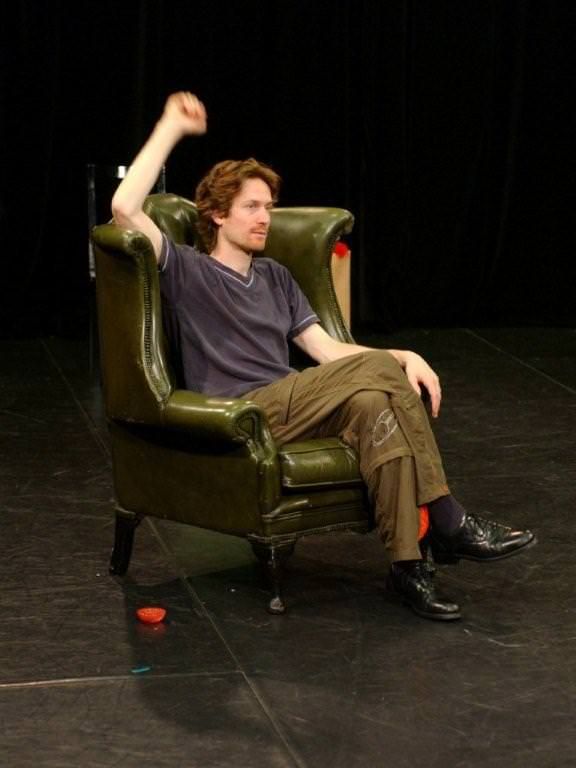
© Image courtesy of StagePhoto
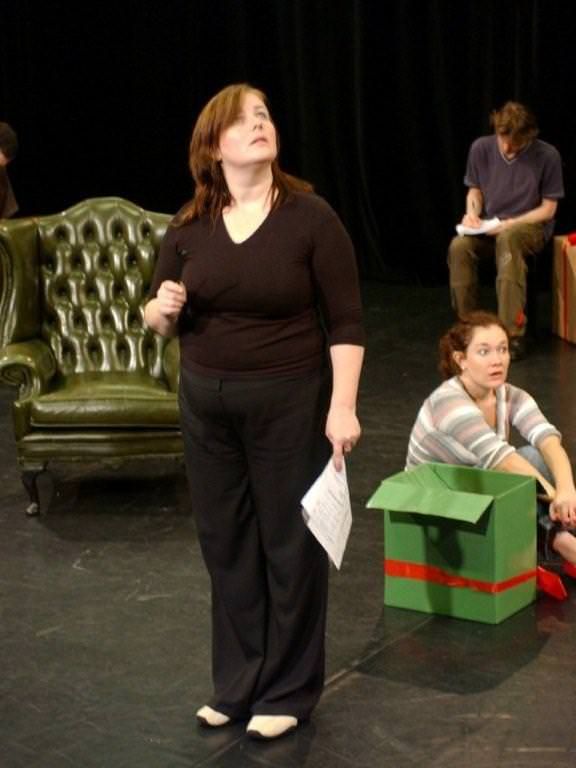
© Image courtesy of StagePhoto
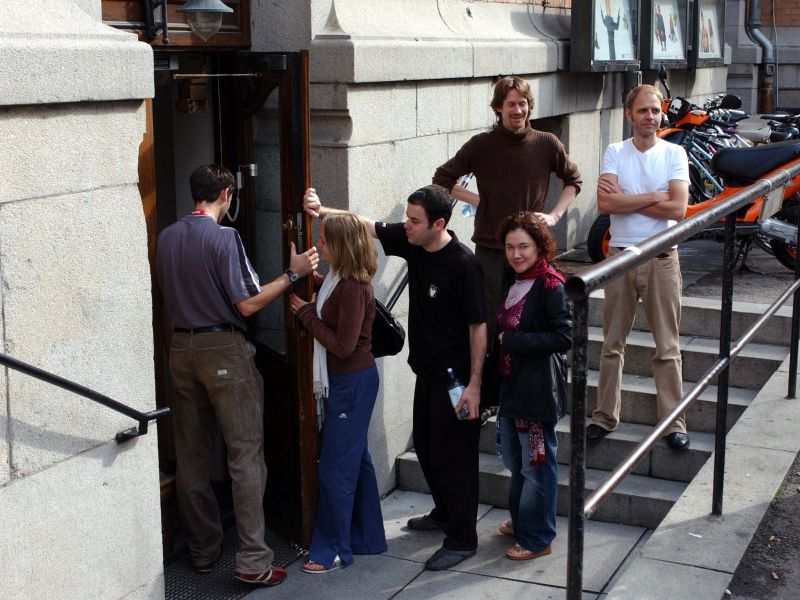
© Image courtesy of StagePhoto
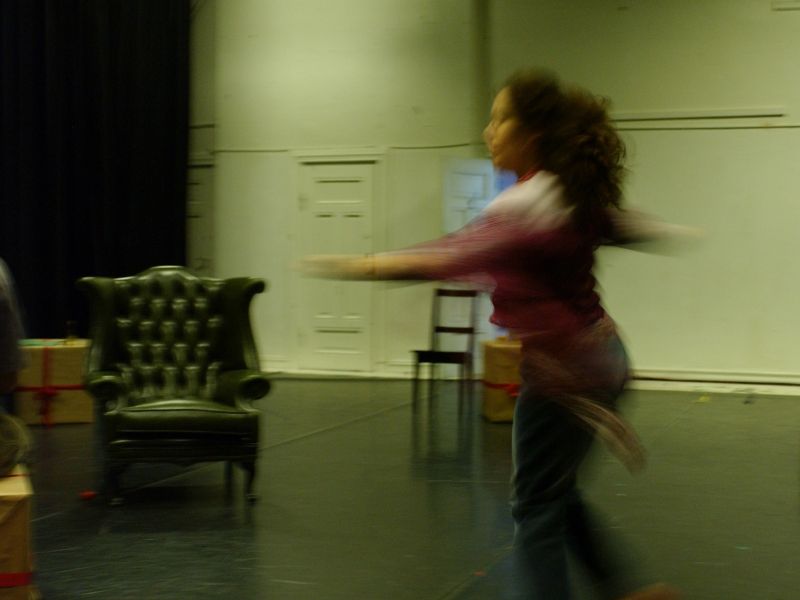
© Image courtesy of StagePhoto
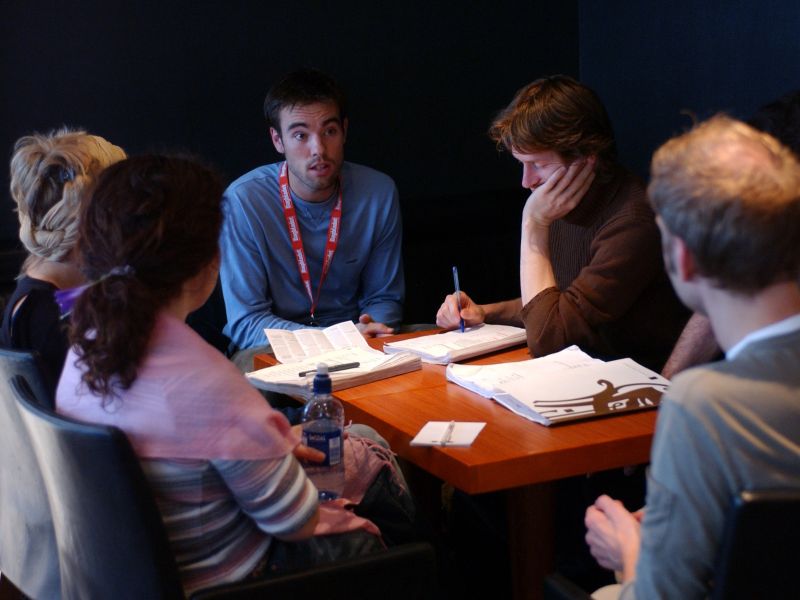
© Image courtesy of StagePhoto
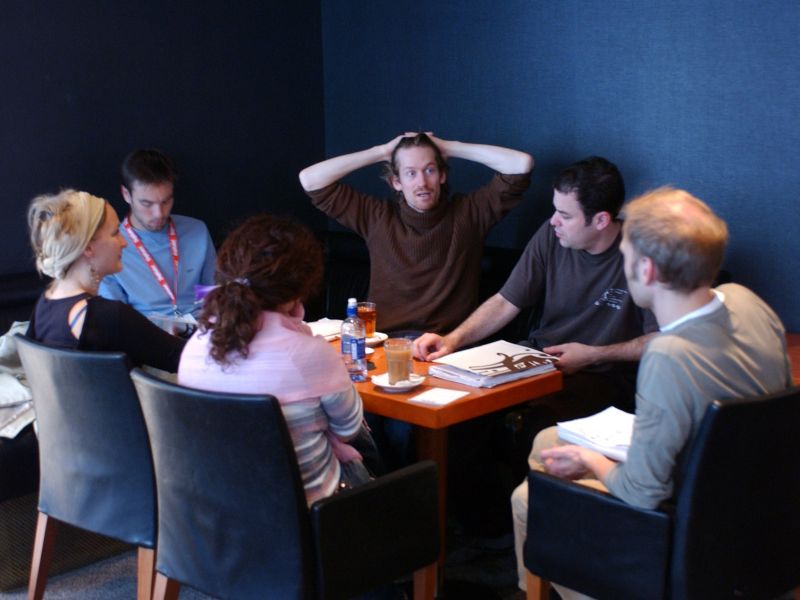
© Image courtesy of StagePhoto
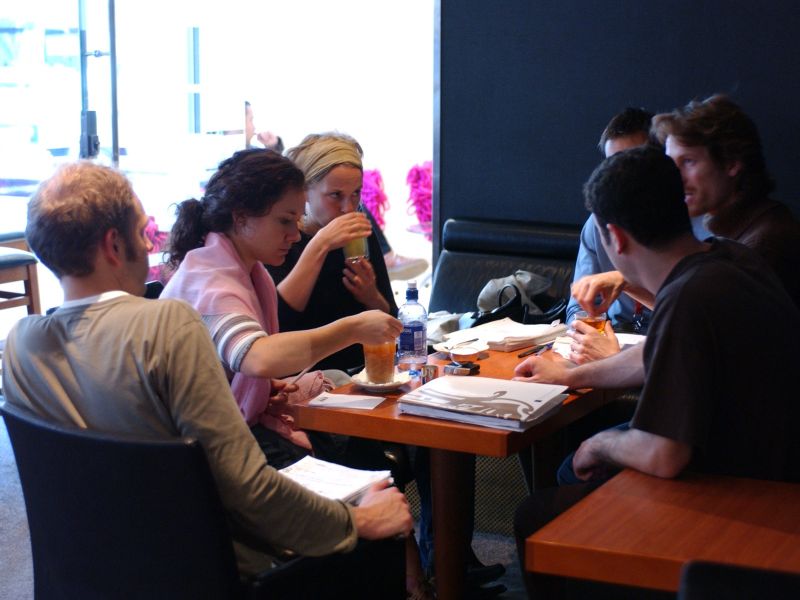
© Image courtesy of StagePhoto
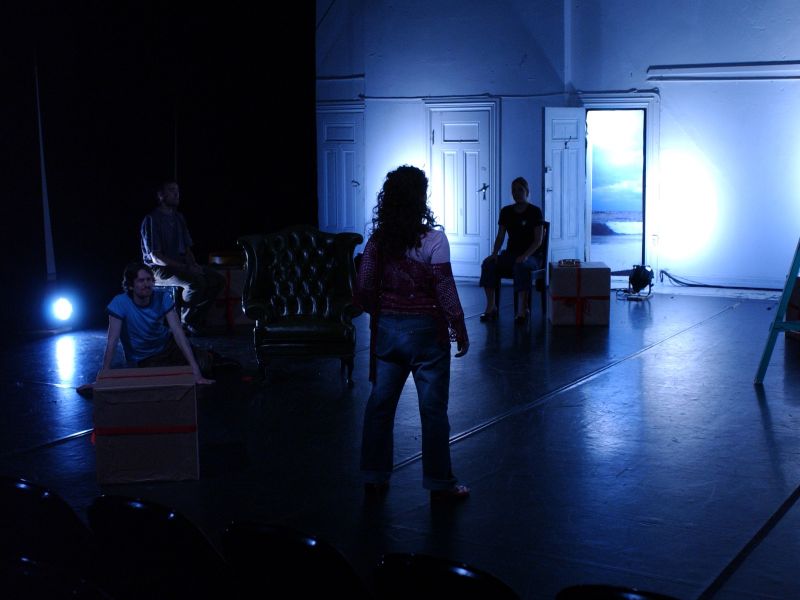
© Image courtesy of StagePhoto